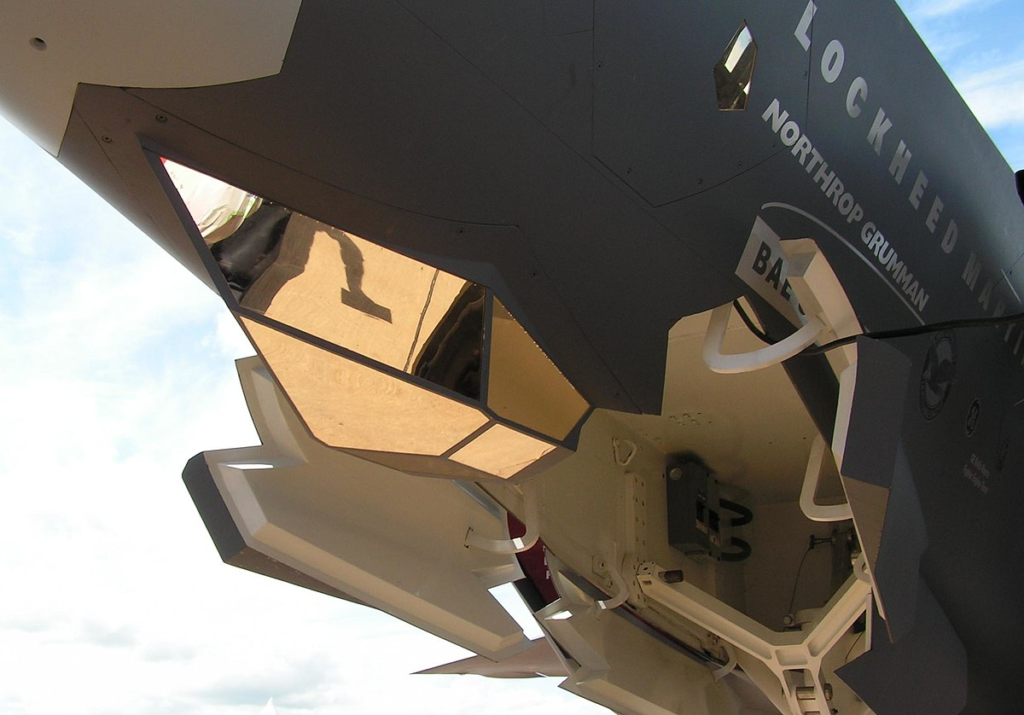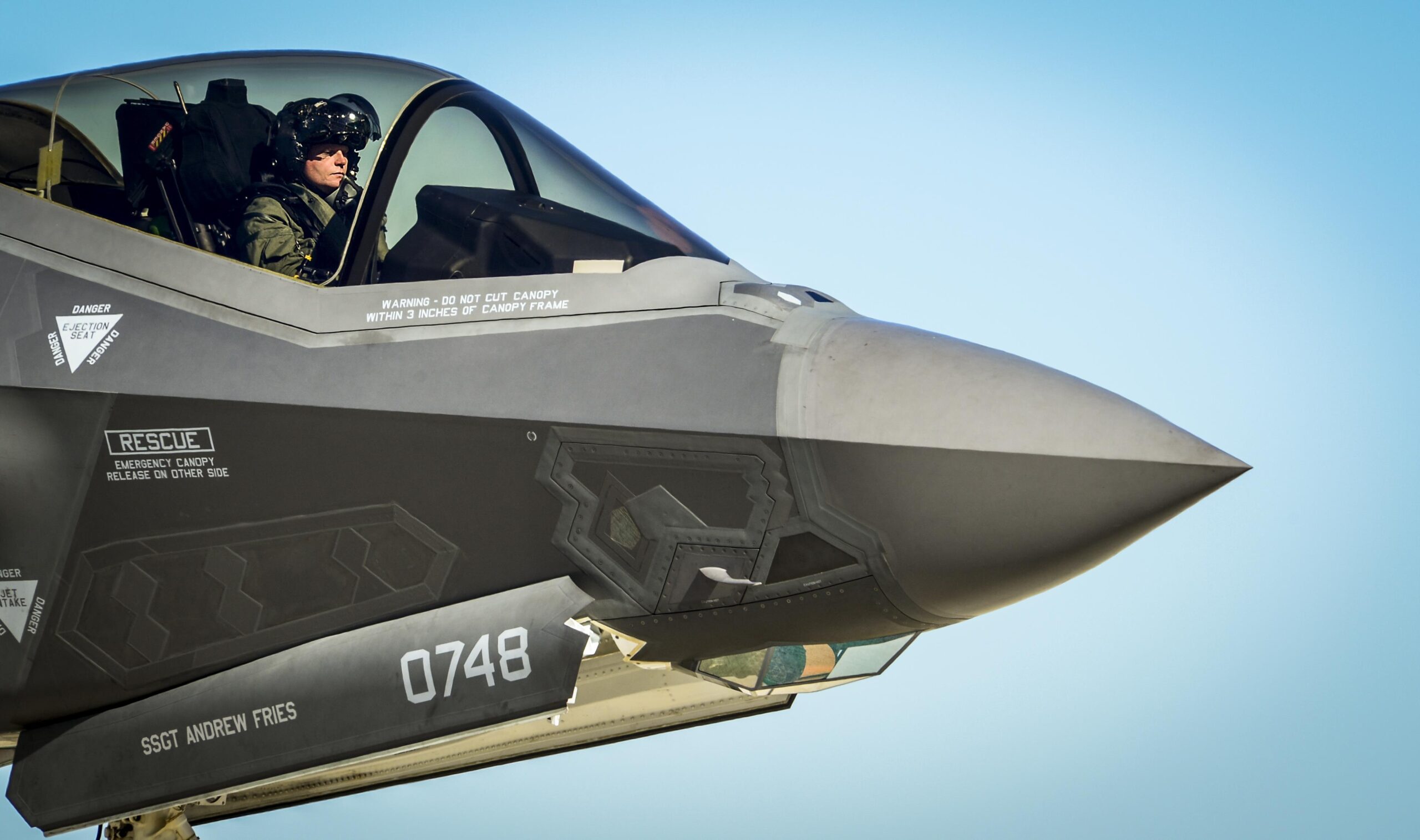The Indian defense sector, through the Defence Research and Development Organisation (DRDO), is advancing its capabilities in aerial combat technology. Specifically, the Lab Instruments Research & Development Establishment (IRDE) is developing an Electro-Optical Targeting System (EOTS) for the Advanced Medium Combat Aircraft (AMCA). This system aims to enhance the stealth and operational capabilities of the aircraft, aligning with global trends in fifth-generation fighter technology.

Overview of Electro-Optical Targeting Systems
Electro-Optical Targeting Systems (EOTS) are passive sensors designed to improve the detection, tracking, and engagement of targets without compromising the aircraft’s stealth profile. Unlike radar systems, EOTS does not emit signals, thereby reducing the risk of detection. Such systems have been notably integrated into aircraft like the F-35 Lightning II, China’s J-20, and Turkey’s Kaan (space reserved), illustrating their strategic importance in contemporary aerial combat.

Innovations in Conformal Dome Technology
The core of IRDE’s EOTS development involves a conformal dome made from segmented sapphire windows. This design is optimized for aerodynamic efficiency and reduced radar cross-section (RCS), essential for maintaining the AMCA’s stealth characteristics. The dome integrates multiple flat sapphire segments using specialized adhesives to form a hermetically sealed environment, housing the electro-optical components on a two-axis gimbal. This construction supports high-resolution imaging and operational durability under high-speed conditions.

Comparative Analysis of Targeting Systems
Different approaches to target acquisition exist among fifth-generation fighters. While the F-35 and J-20 utilize EOTS, the F-22 Raptor has none and Russia’s Su-57 employ Infrared Search and Track (IRST) systems. IRST systems, while effective for infrared detection, typically present a larger RCS, potentially compromising stealth capabilities. This highlights the strategic choices in balancing stealth with detection capabilities and EOTS is an important building block in futuristic Stealth Fighters.



Potential Integration with AMCA
Initial designs of the AMCA demonstrated during Aero India and defence expos did not include an electro-optical system. However, This new developments suggest a possible integration of EOTS, aligning the AMCA more closely with international standards for fifth-generation fighters. The decision on whether this system will be part of the initial AMCA variant or reserved for later upgrades remains pending. This development underscores India’s intent to equip its air force with advanced technology, enhancing both situational awareness and combat efficacy.

Overall, The ongoing development of the EOTS by DRDO’s IRDE signifies India’s progression in military technology and effort to engage industry in early stages. The potential incorporation of this system into the AMCA project reflects not only technological advancement but also strategic foresight in maintaining a robust defense posture. This was on laundry list of defence fans and we reported earlier about consideration of this system. However, now it is official. This initiative positions India to contribute effectively to the evolving landscape of aerial warfare technology.

The IRST system on SU-57 uses the same Indium Oxide coating as used on bubble canopies and F35’s EOTS system for RCS mitigation.
The difference in systems used comes down to the philosophy of air combat and what constitutes a stealth fighter.
The Americans believe in complete stealth at the cost of maneuverability for WVR situations.
The Russians use L- Band & X-band radars, IRST & use triangulation techniques which they believe can help identify even stealthy targets. Thus according to them Stealth is valuable only up to a point beyond which flight dynamics comes into play for WVR situations.
Talking about IRST vs EOTS systems, EOTS provides great stealth characteristics but somewhat limited in frontal aspect detection. Great for Air-to-Surface scenarios but somewhat limited in Air-to-air scenarios. With IRSTs it is literally the opposite. Great for frontal aspect & even ground targets but at the cost of stealth.
[…] we reported DRDO’s ongoing efforts to create this cutting-edge EOTS for the AMCA program. In the same report, […]
[…] array (AESA) radar for excellent early detection and tracking, an electro-optical targeting system (EOTS) for passive targeting, and an infrared search and track (IRST) system for discovering enemy […]